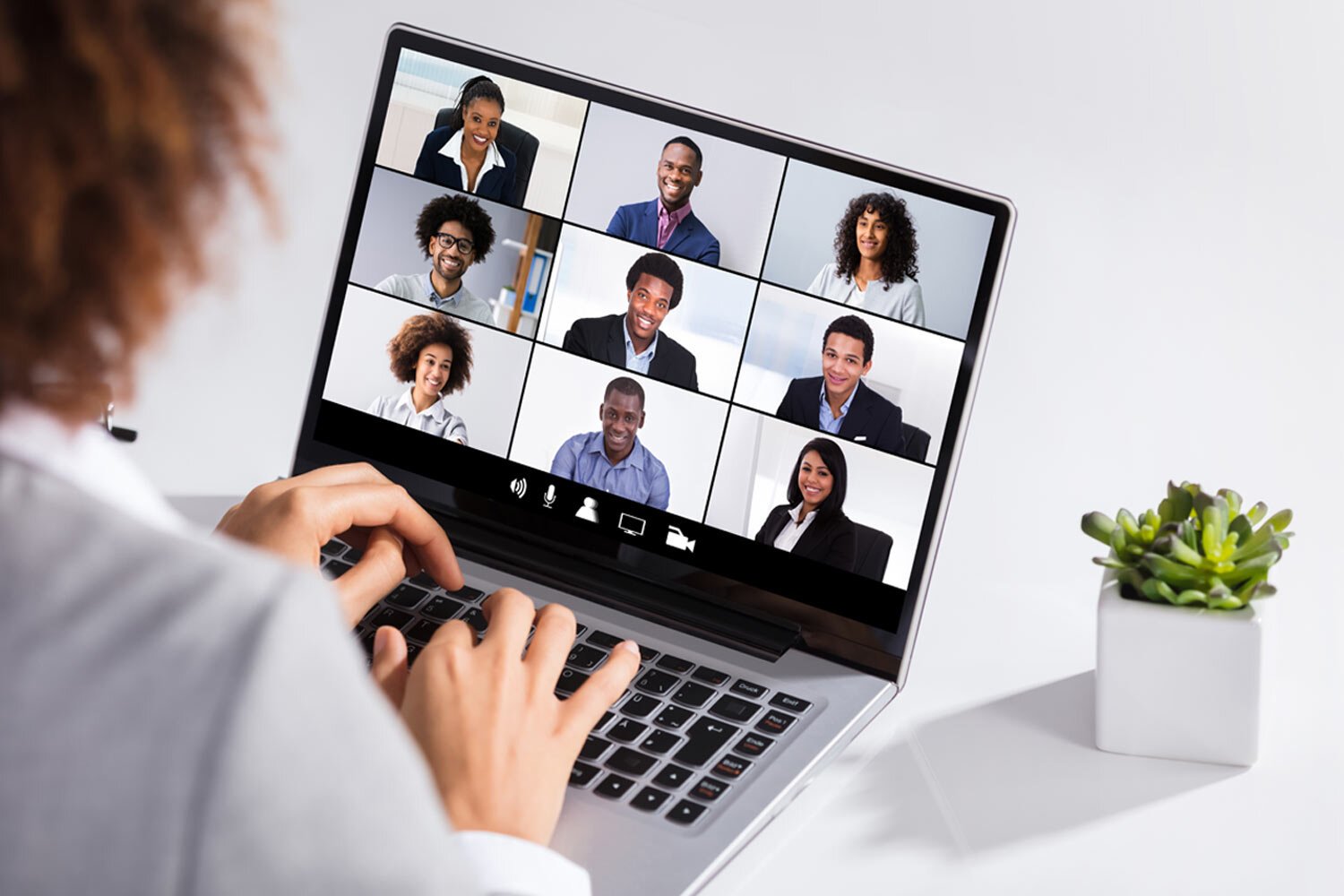Managing Biases in Training for a Hybrid Workforce
Despite our best intentions, we all carry unconscious biases — it’s a fact of life in a society that’s full of harmful messaging. But just because your biases are unconscious doesn’t mean you can’t fight them, and if we want to build an inclusive workforce we all need to be checking our biases and managing them as best we can.
In addition to the more standard diversity and inclusion concerns of race, gender identity, sexual orientation, and ability level, today’s leaders are facing a new inclusivity challenge: accommodating a distributed workforce.
With 65% of Americans now saying they’d be willing to take a pay cut in order to make a permanent shift to remote work, the era of 9-5 butt-in-chair expectations is in the past. Employees want more flexibility, whether that means working from home full-time, flex schedules, blended at-home and in-person work weeks, or some other format.
But with more flexibility comes an increase in proximity bias — the perception that employees who work outside the office are less productive and valuable. As a result of decades of work culture, many people view in-person workers as more committed and engaged, which often leads to unconscious bias and preferential treatment for onsite employees.
When it comes to training and onboarding, these biases are particularly insidious, as failing to address them can set a precedent for remote employees feeling isolated and undervalued. And if that continues, it’s only a matter of time before they look around for other opportunities.
Acknowledging a challenge is the first step to conquering it, and unconscious bias is no exception. Once you’re aware that proximity bias is lurking in your hybrid workforce, you can get started rooting it out and addressing it.
Identifying and Disrupting Unconscious Bias
It’s crucial that learning leaders create a level playing field for all onboarding or upskilling employees, no matter where they’re joining from — and that includes but also goes beyond technological solutions.
To ensure your learning solution embraces different workstyles and promotes inclusivity, you’ll need to check your own bias regularly as well as keeping an eye on your team members and addressing any preemptive judgments they demonstrate.
Biases to watch for in your distributed workforce and how they might impact learning outcomes:
‘In-person workers are more interested in learning from their peers’ — this bias can cause unintentional segregation between in-office employees and their remote teammates, which can hurt group learning outcomes as well as morale
‘Onsite employees are more ambitious’ — these kinds of self-fulfilling prophecies can cause unconscious favoritism when it comes to sharing opportunities, which denies remote employees the chance to prove themselves
‘People who prefer to work remotely are loners’ — this kind of thinking harms group cohesion and therefore has a negative impact on collective learning and teambuilding
Leaders need to be especially conscious of their internal biases, but bias from coworkers can be harmful too. Initial assumptions about a remote teammate, if not addressed, can carry over into an awkward or even hostile work relationship, so it’s best to nip them in the bud during training.
Fostering Inclusive Teams
While you should absolutely address any examples of bias head-on with the perpetrator, one of the most effective ways to challenge biases is to refute them by real-world example, rather than performing a speech about inclusivity.
Biases are quickly smothered by opposing experiences; make sure your learning solution is set up to encourage open, equitable communication among team members from day one. This will foster a team-first mentality and fight any unconscious segregation between onsite and remote workers.
During trainings, make sure to assign teams that are a blend of on- and off-site employees, so that everyone gets a chance to get to know one another and understand each other’s strengths and values. Assign challenges that can be shared equally among virtual and in-person workers.
Your remote employees also need to know that their leaders are equally as available to them as they are to onsite employees. They can’t just walk by your office and see if your door is open, or catch you in the kitchen when you grab a second cup of coffee, so consider instituting a virtual availability signal.
Mark yourself ‘available’ on Slack or IM and be sure to initiate regular check-ins with your remote staff. Maybe you send a weekly email requesting feedback, inviting all employees to share their needs and preferences, and to connect with you about any concerns.
Designing an Inclusive Learning Solution
The best way to address biases is to try to stop them developing in the first place, and equitable access and communication are key to that effort.
An inclusive learning environment — one that offers equal training opportunities, resources, and social engagement to all employees, no matter their location — is an excellent way to start off on the right foot with your distributed workforce.
A hybrid learning approach not only levels the playing field for employees, but also ensures that learning leaders and managers are able to assess each individual’s engagement and progress on equal terms.
Tips for Designing Inclusive Synchronous Trainings for Hybrid Workforces that Reduce Proximity Bias
Ensure training activities are doable and engaging for both remote and in-office learners.
Make sure you’re set up to track learner experiences — conversation responses, assessments, suggestions, emotional check-ins, etc. — during the training. A polling app like Poll Everywhere, Klaxoon, or StrawPoll works great for this. Facilitators can track their interactions with in-person and remote learners to ensure a balance of participation.
If you have the budget, consider having two facilitators for each training: one in-office and another remote.
It can help to balance out all of the in-office representation in the training if you hire a remote speaker as well — plus, this broadens your options considerably!
Instead of doing virtual breakout rooms for remote attendees and onsite groups for in-person learners, consider mixing it up by putting in-office and virtual attendees together in virtual breakout rooms.
Break times can be isolating for remote attendees, but you can make them feel more included by mailing them company swag, non-perishable snacks, etc. to remind them that they’re still a part of the group, even when they’re at rest.
Make sure to consider time zones when scheduling training — nobody wants to get up at 5am on the west coast for an 8am ET training!
Go beyond Zoom with enhanced mics and speakers that make remote participants feel like they’re in the same room as their onsite colleagues. Nureva is a great option for this.
Make use of interactive technology like MIRO or Microsoft Whiteboard, which enable collaboration that mimics an in-room whiteboard. Even better, an interactive whiteboard like the Microsoft Surface Hub 2S presents as a standard physical whiteboard for in-person participants but translates to digital for remote learners.
Get creative with your conference room tech and activities — not everything needs to be either on individual laptop screens or aloud in-person. With the right sound and visual aids, and the right kind of instructor making use of those interactive tools, you can include everyone, whether they’re on site or dialing in remotely.
If you’re preparing to train a hybrid workforce and you’d like some help managing unconscious bias and ensuring an inclusive environment, Prime 8 can help! Our personalized learning solutions are designed to address your business’s unique needs, and our depth of experience enables us to view your goals and challenges holistically.
Email us at learning@prime8consulting.com with any questions you have. We’d love to hear from you!




















